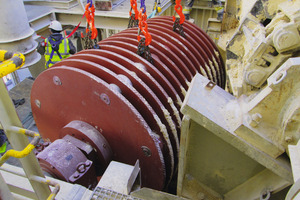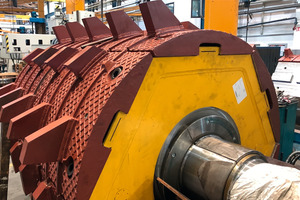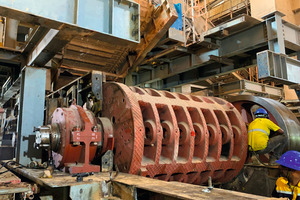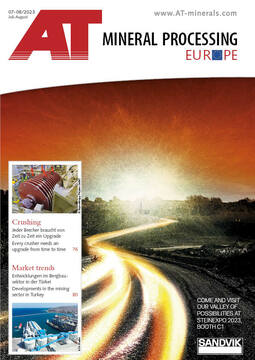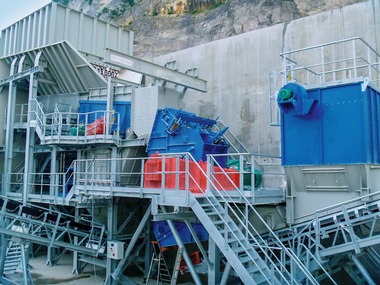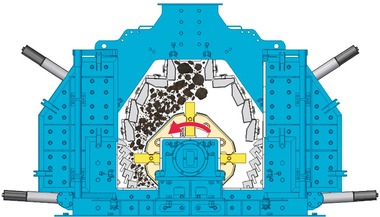Every crusher needs an upgrade from time to time
Cement plant operators worldwide face the same challenges in raw material crushing. The service lifetime of the rotors in the various (several, different) crushing plants plays a central role in their economic efficiency. The reasons for downtimes are manifold.
In addition to the design, the selection of the right wear part qualities, wear volumes and designs (hammers, blow bars, crushing segments)...

